Producers urged to ask questions of feed suppliers
With the expansion of the current outbreak of African swine fever (ASF) in China, the National Pork Board, along with the National Pork Producers Council (NPPC), the American Association of Swine Veterinarians (AASV), the Swine Health Information Center (SHIC) and the U.S. Department of Agriculture (USDA), are working even more closely together to help keep the United States free of ASF and all other foreign animal diseases (FADs). This includes focusing on the importation of feed ingredients, a key area of potential high risk of disease transport.
“Keeping trade-limiting foreign animal diseases, such as ASF, out of the United States is critical to pork producers,” said Steve Rommereim, National Pork Board president and a producer from Alcester, South Dakota. “We all need to improve the overall level of FAD preparedness. We hope for the best, but we must prepare for the worst.”
Thanks to Checkoff-funded research conducted after the porcine epidemic diarrhea virus (PEDV), swine industry experts now have some peer-reviewed science to rely on when looking at ways to mitigate the current risk posed by ASF in China and other countries. This includes work done on imported feed ingredients.
“Research has demonstrated the ability for certain feed ingredients to support viral survival during conditions modeled after either trans-Atlantic or trans-Pacific shipping to U.S. ports and on to locations likely to manufacture feed for swine,” said Paul Sundberg, DVM, director of the Swine Health Information Center. “For this reason, we want the entire U.S. pork industry to look at this research and consider ways that it can help us prevent a FAD from entering this country through this route.”
SHIC-funded research cited by Sundberg shows that viruses do have the potential to travel long distances via feed ingredients, which proves the theoretical ability of a foreign animal disease pathogen to reach U.S. shores. To help prevent this potential risk from becoming a reality, swine industry experts have compiled these seven critical points for pig farmers to raise with their feed and feed ingredient suppliers with the objective of starting a dialog about feed ingredient safety. The development of these points was to help start the discussion about feed and feed ingredient risk was done with review and input by the American Feed Industry Association (AFIA), the National Grain and Feed Association (NGFA), Kansas State University and the University of Minnesota. Some points will apply to producers’ immediate feed suppliers and some will apply to feed ingredient suppliers.
To get a better handle on your particular farm’s risk of FAD transport via a feed ingredient, Sundberg advises producers to use the newly developed virus transport in feed ingredients decision tree matrix. “It was developed to help pork producers work with their feed suppliers to minimize risk from feed ingredients,” he said.
Aside from the specific feed-related questions to improve on-farm biosecurity, Dave Pyburn, DVM, vice president of science and technology for the Pork Checkoff, advises producers to review the Foreign Animal Disease Checklist that is offered at pork.org/FAD. “By going through the items on this list, you can improve your biosecurity plan and prepare to register for the voluntary Secure Pork Supply plan (see securepork.org), which will help participants maintain business continuity in the event of a FAD,” he said.
As a delegation from National Pork Board, NPPC, AASV and SHIC and USDA officials, including U.S. Chief Veterinary Officer Jack Shere, convene this week in Washington, D.C., for a meeting hosted by NPPC, optimism remains high that a renewed and collaborative effort will help protect America’s pig farmers and the entire industry from the current threat posed by ASF and all FADs
“I’m very encouraged to see how well our industry groups have come together during this time of heightened awareness of foreign animal disease threat to our industry,” Rommereim said. “It’s reassuring to know that we are using our collective resources to work with USDA to help put real measures in place that can help protect our farms from this potentially devastating disease threat. However, as always, it’s up to each of us to do our part to proactively protect our farms from outside threats as we strive to do what’s right for people, pigs and the planet.”
According to Iowa State University economist Dermot Hayes, losses from ASF could total as much as $8 billion for the pork industry in year one alone. That doesn’t include related losses of $4 billion and $1.5 billion for the affected input commodities of corn and soybeans, respectively.

Copyright 2024 | Swinehealth.org | Website by Heartland Marketing Group